by James Davis, edukatronik.com
Power dissipation is a crucial phenomenon in the field of electronics. It refers to the amount of energy that is transformed into heat during the operation of a device or circuit. This process is unavoidable and can be a significant concern, especially in applications where energy efficiency is paramount.
That is why thermal management has become an essential consideration when designing electronic systems. Techniques such as proper component selection, the use of heat sinks, fans, and liquid cooling systems are used to control temperature and avoid serious problems effectively.
In addition, power dissipation is also a key consideration in power supply design. Inefficiencies in power conversion can result in higher power dissipation and ultimately lower overall system efficiency.
What causes power dissipation?
Power dissipation can have several causes, such as internal component resistance, leakage currents, transistor switching, and the Joule effect. These heat sources can build up and lead to temperature rise, adversely affecting device performance and lifetime.
Most power dissipation is due to the internal resistance of the components and conductors that make up the circuit. Since any element connected to a circuit has a minimum resistance, however small it may be.
This is because there is always a minimum of opposition to the current. Obviously, if all the components are made of conductive materials, the internal resistance will be lower. However, if the use of semiconductor devices is predominant, the circuit’s internal resistance will increase.
What is an example of power dissipation?
An example of energy dissipation is the operation of an incandescent bulb. In this type of bulb, electrical energy is dissipated mainly in the form of heat and light.
In the first instance, electric current flows through a tungsten filament when we switch on an incandescent bulb. This filament presents resistance to the electric flow, and this resistance causes the wire to heat up as the electric current passes through it.
When the filament finally heats up to extremely high temperatures, it begins to glow and emit visible light. This is known as the incandescent effect. However, most electrical energy is still dissipated as heat, not light.
Therefore, although the primary purpose of the light bulb is to illuminate, much of the electrical energy used is converted into heat energy. We call this power dissipation.
How do you calculate power dissipation?
We use the formulas that makeup Ohm’s Law to calculate the power dissipation. Starting from the circuit resistance and the current intensity, we first calculate the voltage drop generated by the resistor.
Then, we calculate the power dissipated from the voltage drop (previously calculated) and the current intensity. This second step can also be done with another formula. In the following image, we show you all of them.
Power dissipation calculation example
Here is a step-by-step exercise that reflects the abovementioned theory and practice. During the solution of this problem, we will take the conductors as ideal conductors (conductors that have no internal resistance, which does not exist in reality). So, the only resistance in the circuit is in the resistor itself.
Statement: We have a circuit composed only of a 220 Ohms resistor, and the current flowing through this circuit is 100 milliamps. We need to determine the power dissipated by this resistor.
First, we calculate the resistor’s voltage drop, and then we calculate the power dissipated in the resistor. This can be solved using only the formulas from before:
Therefore, the power dissipated by the 220 Ohms resistor in a 0.1 Ampere circuit is 2.2 Watts. At the time of designing the circuit, this is a magnitude that must be calculated to know how efficient the design is.
How to handle power dissipation in electrical circuits
As we have just said, it is vital to consider power dissipation when designing any circuit. Failure to do so can lead to breakdowns and accidents.
An obvious example of this happens when the power dissipated in the circuit exceeds the tolerance limit of the component. This can lead to overheating and damage to the component due to high temperatures.
For this reason, it is very common to find electrical systems combined with thermal management systems. This way, the internal temperature of the circuit is controlled, and the malfunctions, as mentioned earlier, can be avoided.
Designing a good cooling system is as important as designing a good electronic system. One cannot function optimally without the other.
Conclusion: is power dissipation good or bad?
The truth is that power dissipation is neither good nor bad; it is simply something that is there and can never be eliminated entirely. Because the existence of ideal or perfect circuits is simply impossible.
It is quite possible for you to see the bad part of power dissipation and yet not see the good part. To do so, you must think of electric heaters, which use resistance wire to generate heat. Another example of a good application of power dissipation is to generate the incandescent effect discussed earlier.
In summary, power dissipation is a key issue in modern electronics. Understanding and properly controlling this phenomenon contributes not only to improving the performance and lifetime of devices. But also to ensure energy efficiency and protect the integrity of the system as a whole



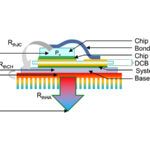
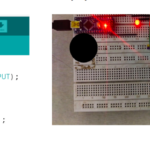
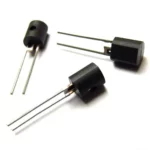
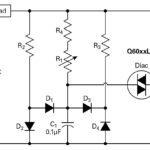
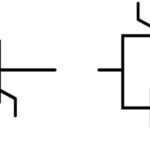

An interesting point of view in this article. The other short answer is really that power dissipation is what makes heat. It can also be referenced as what happens to the power on the other side of the efficiency rating. If an item is 95% efficient, then the other 5% of the power input is turned into heat.